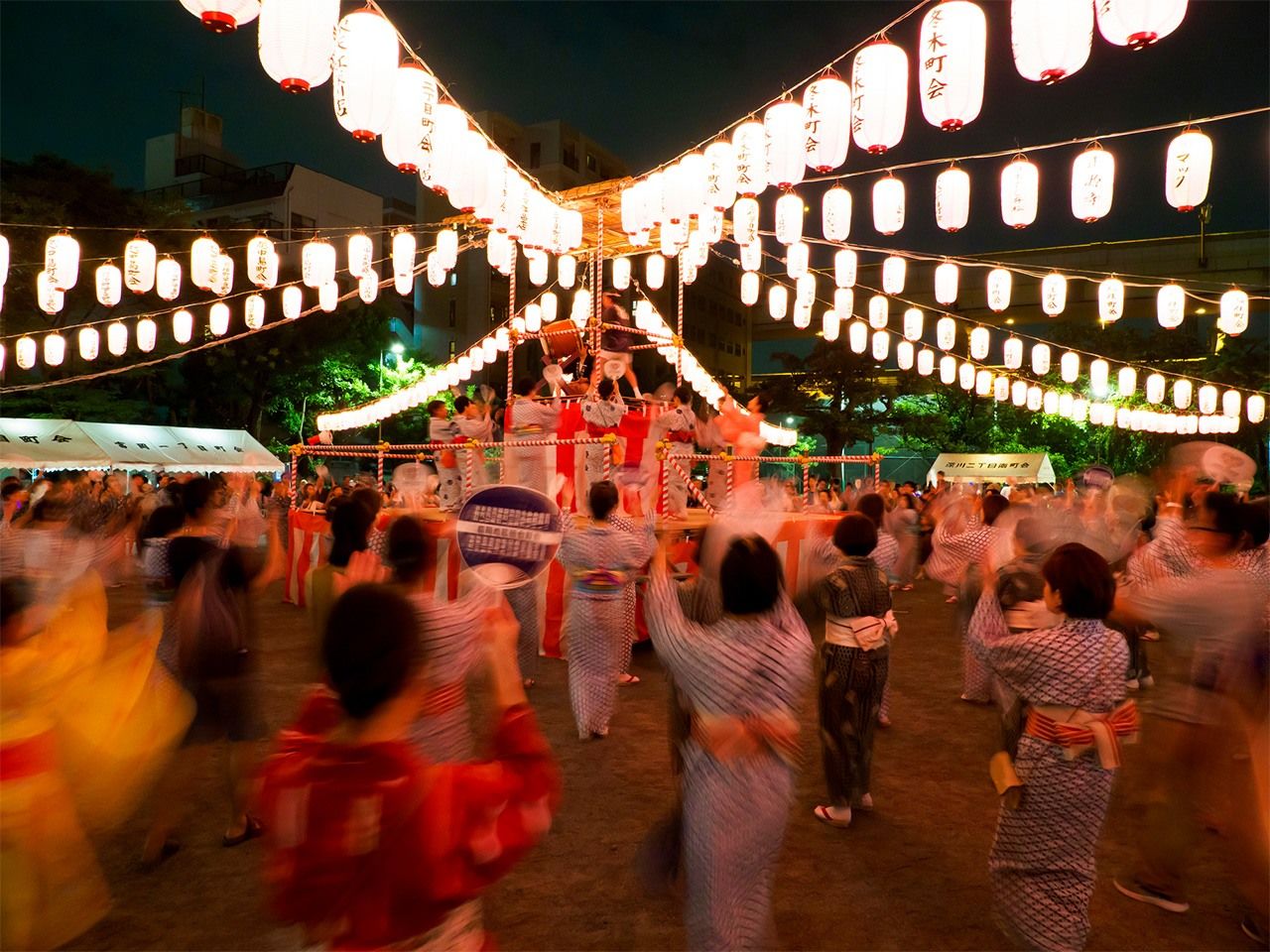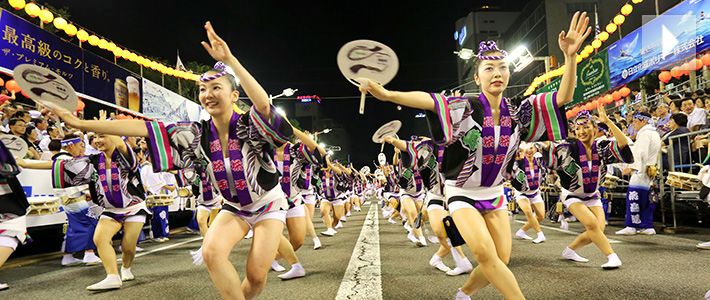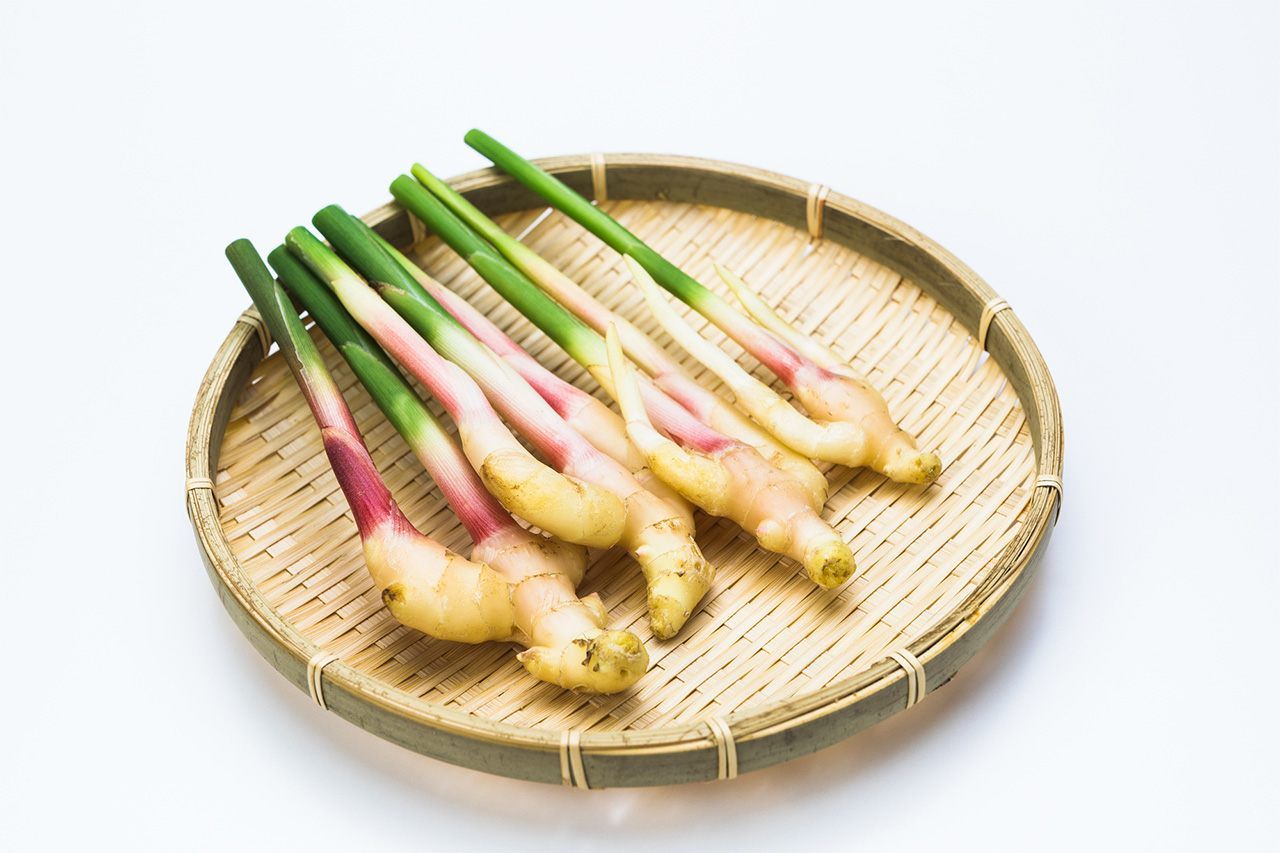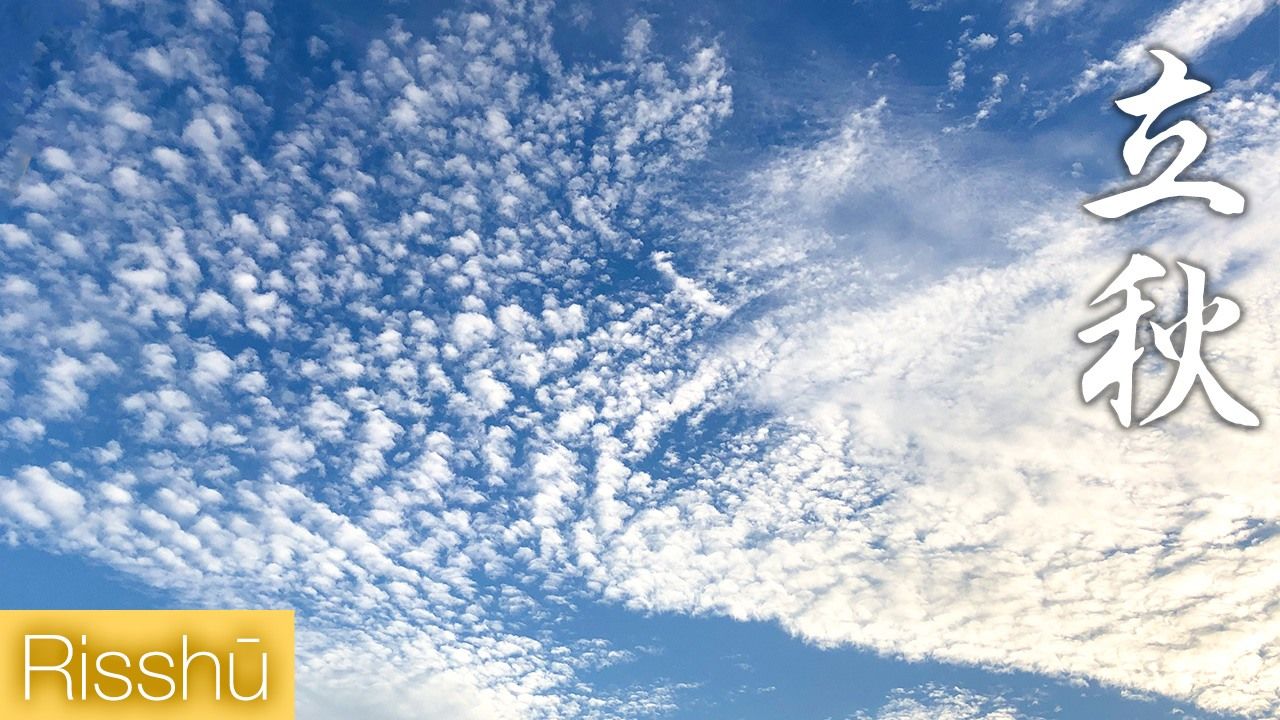
Risshū (Beginning of Autumn)
Culture Society Lifestyle Environment- English
- 日本語
- 简体字
- 繁體字
- Français
- Español
- العربية
- Русский
Risshū (Beginning of Autumn), according to Japan’s 24 solar terms, falls on approximately August 8, and autumn continues until Rittō (Beginning of Winter) around November 8. The days continue to be hot, but the chirping insects and changing foliage hint of autumn’s approach.
This article will look at events and natural phenomena in the period roughly from August 8 to 22.
Nagasaki Memorial Day (August 9)
On August 9, 1945, the United States dropped an atomic bomb over Nagasaki, Nagasaki Prefecture, killing over 70,000 people and injuring a similar number. This came three days after the atomic bombing of Hiroshima. Each year on August 9, Nagasaki holds a ceremony to appeal for the elimination of nuclear weapons and call for enduring world peace.
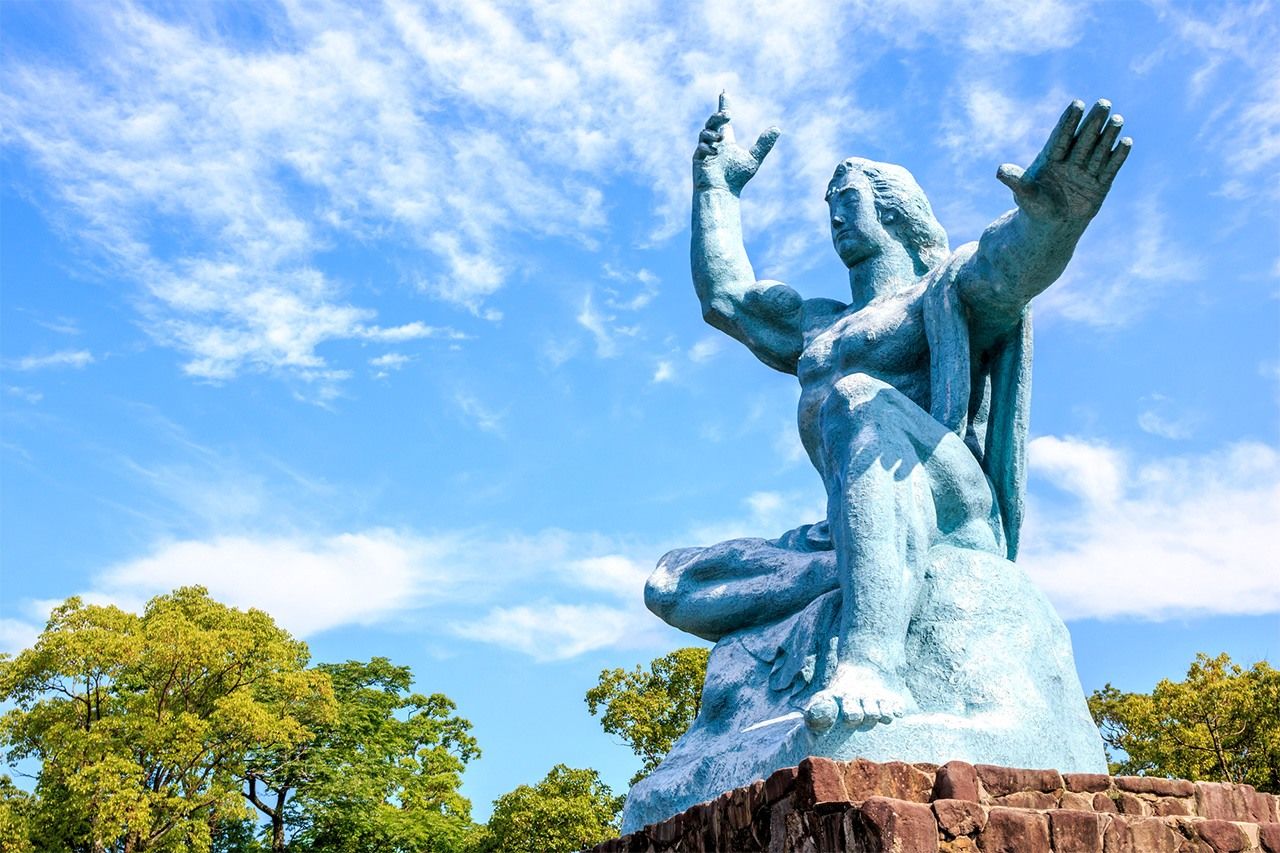
Nagasaki Peace Statue. (© Pixta)
Obon (August 13–16)
Ancestors are believed to return to this world just once each year, during the Obon period. People visit their familial graves to clean them and hold memorial services. In some regions, Obon takes place in July, but generally it is observed from August 13 to 16. At the end of this time, the spirits of the dead are sent off with okuribi (bonfires) or tōrō-nagashi (paper lanterns floated down a river).
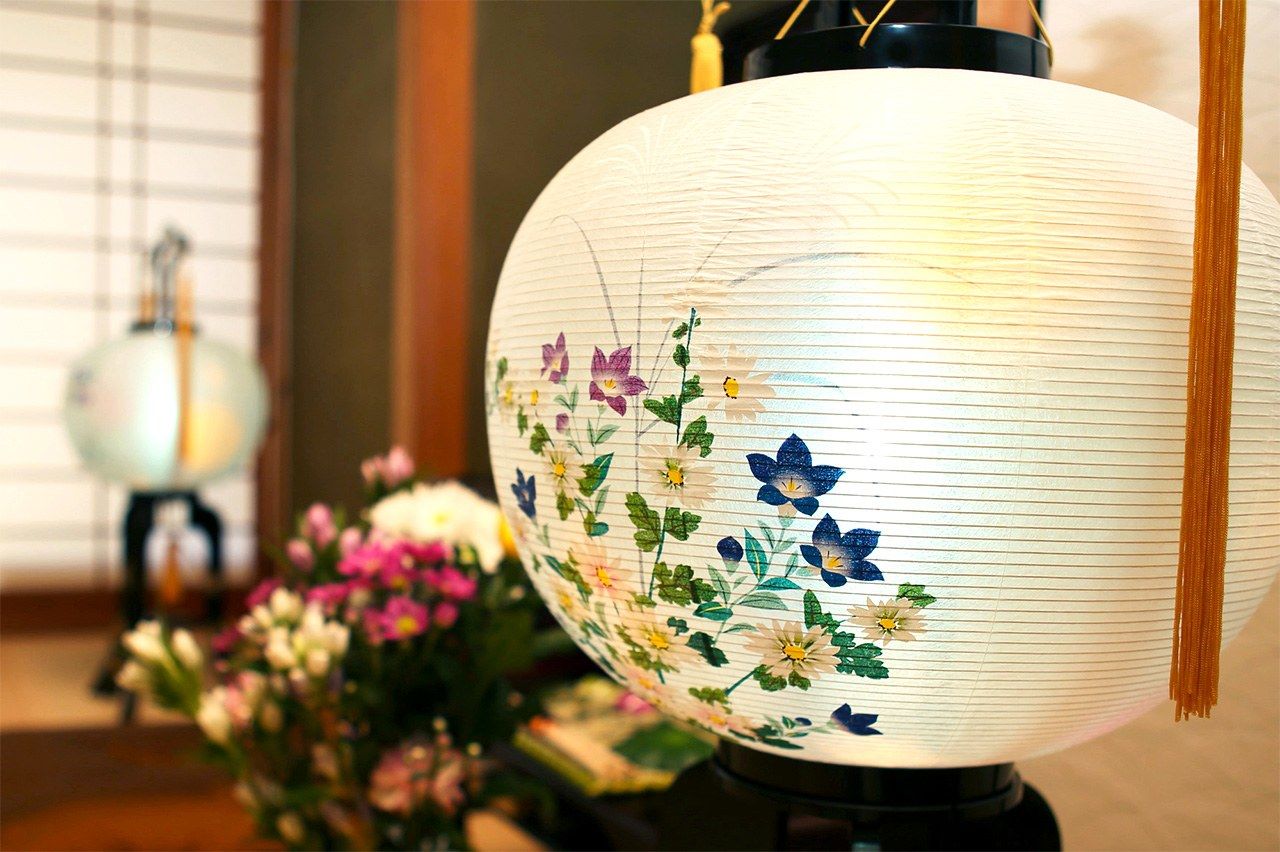
Lanterns are lit at Obon to ensure ancestors can find their way home. (© Pixta)
At the start of Obon, people light dried hemp reed to guide and welcome the spirits of ancestors back to the home, hang lanterns, or place special flower arrangements of hōzuki lantern plants, kikyō (bellflowers), or other auspicious flowers at the entrance of their homes. A shelf is set up to welcome back the spirits decorated with a cucumber representing a horse, and an eggplant representing a cow. The horse symbolizes speed, in the hope that the spirits come quickly, and the slow cow is to encourage their long sojourn.
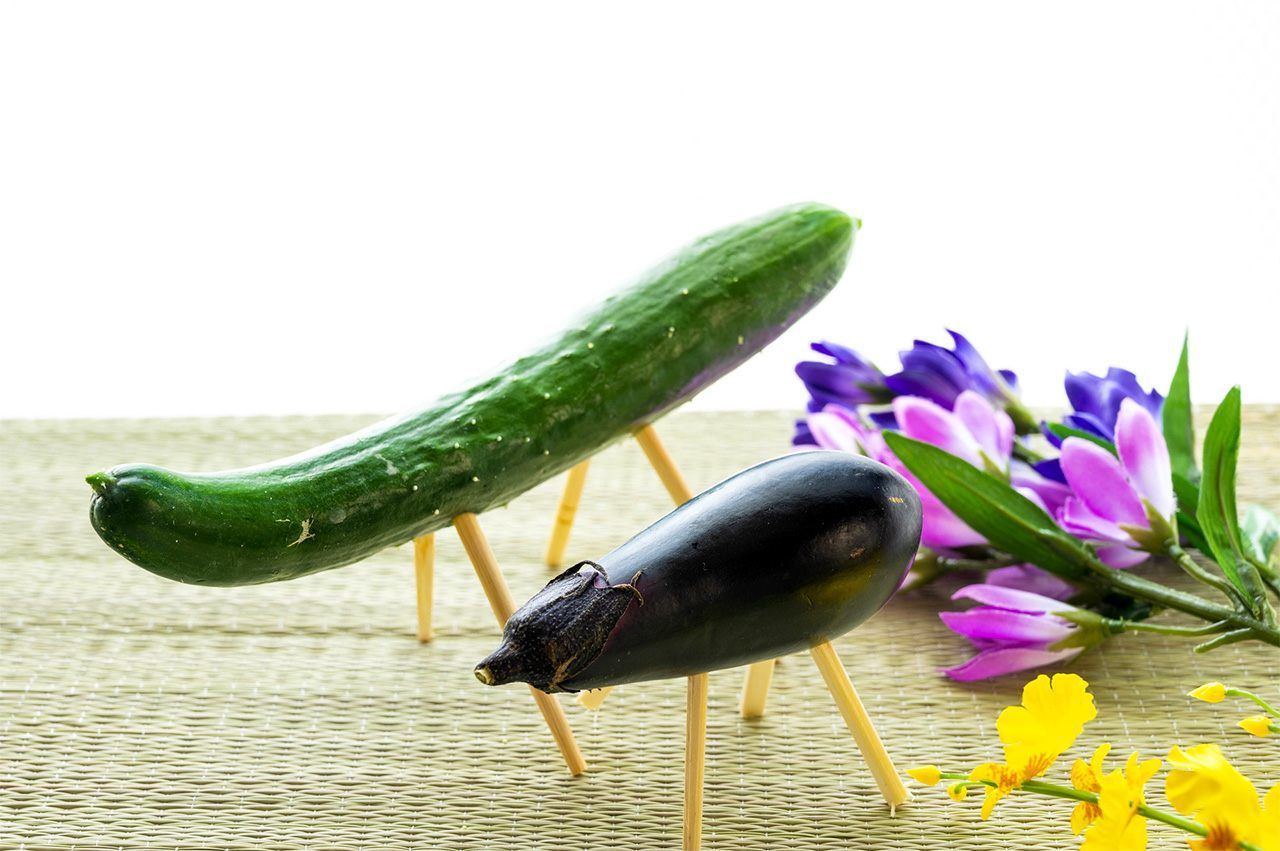
Cucumber and eggplant Obon animals. (© Pixta)
Kyoto Gozan Okuribi (August 16)
A famous bonfire event is staged in Kyoto each year to bid farewell to the spirits at the end of Obon. It is believed to have been practiced since the Muromachi period (1333–1568). Bonfires are lit on five mountains surrounding Kyoto to send the spirits back to the underworld. Two of the bonfires are in the shape of the character 大 meaning “big,” another on two parts of the same mountain reads 妙法 (myōhō; the teachings of Buddha), and the other two depict a boat and a torii (shrine gate).

Bonfires on the five mountains around Kyoto. The characters 大 (big) (left) and 妙法 (the teachings of Buddha). (© Pixta)

Boat-shaped bonfire (left), 大 (center), and a torii-shaped fire. (© Pixta)
Bon odori
Traditional dances, known as bon odori, are staged throughout Japan during the Obon season for the spirits of the ancestors. A wooden stage called a yagura is erected, which people dance around in an orderly formation. In some regions, dancers pass through the city streets. There are various theories about bon odori, but it seems likely to have originated from Buddhist incantation. Folk music is played on traditional wind and percussion instruments, with popular songs including “Tankō bushi” (Coal Mine Song),“Hanagasa ondo” (Flower Hat Song), and “Tōkyō ondo” (Tokyo Song). Bon odori dances are also performed in parts of South America, Europe, and Southeast Asia, helping to spread Japanese culture. In November 2022, a total of 41 Japanese furyū odori, or ritual dances, including bon odori, were recognized by UNESCO as Intangible Cultural Heritage of Humanity.
Awa Odori in Tokushima (August 12)
With a history of over 400 years, Awa Odori is considered one of Japan’s top three bon odori. Some say it dates back to a celebration for the construction of Tokushima Castle, while others believe it was always a bon odori. The dance is originally from Tokushima Prefecture, and local associations of former Tokushima residents stage their own Awa Odori events across Japan. The Awa Odori in Kōenji, Tokyo, dates back to 1957 and attracts up to a million visitors.
Lake Suwa Fireworks Festival in Suwa, Nagano Prefecture (August 15)
A fireworks display is staged above Lake Suwa annually on August 15. The first was held in 1949 as an initiative to encourage a speedy recovery from the war. It is one of Japan’s largest displays, with around 40,000 fireworks launched from a stage built on the lake.
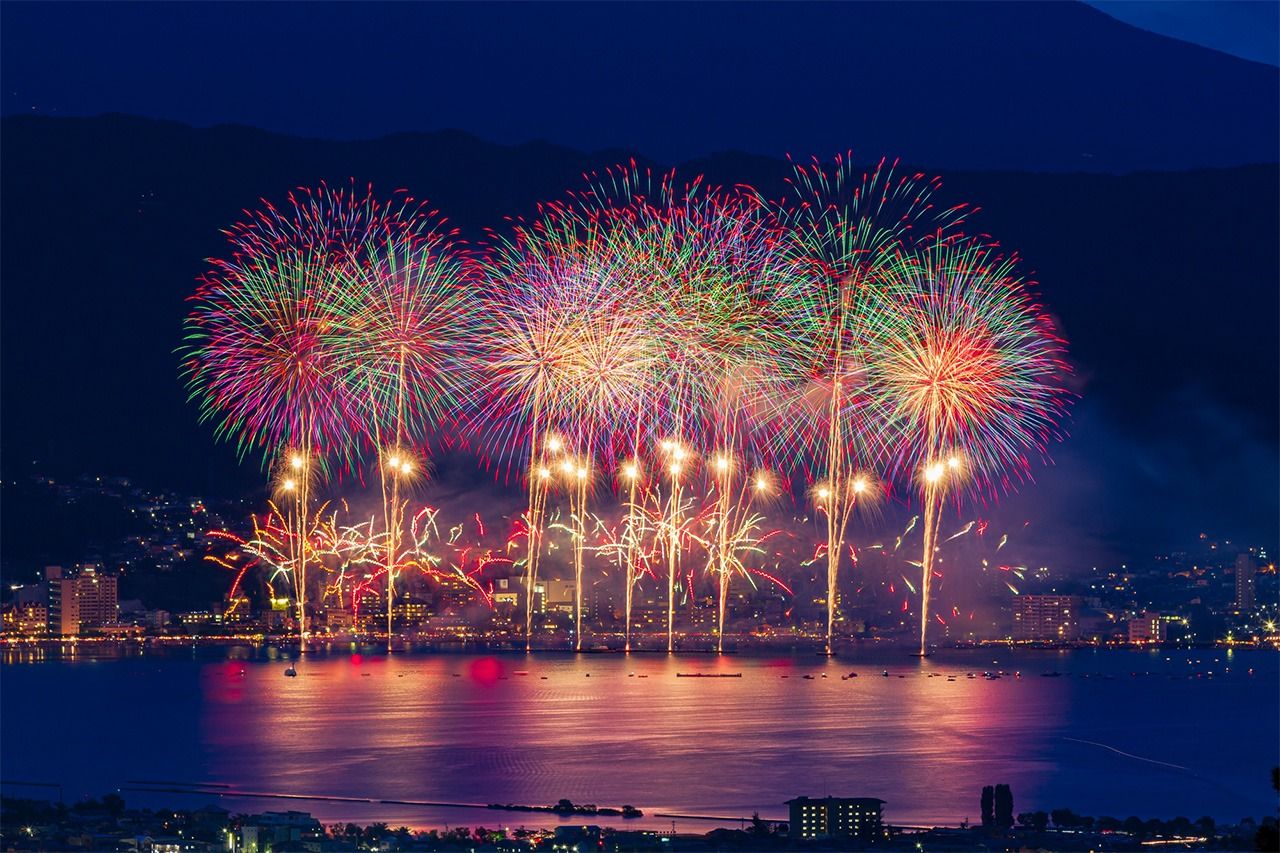
Lake Suwa Fireworks Festival. (© Pixta)
Memorial Day for the End of World War II (August 15)
On this day in 1945, Japan surrendered to the Allies and announced to the Japanese public its acceptance of the terms of the Potsdam Declaration, thus bringing World War II to an end. Services are held on August 15, including the National Memorial Ceremony for the War Dead, held annually at Nippon Budōkan in Chiyoda, Tokyo.
Wind Chimes
Wind chimes are believed to have originated from bells used in ancient China for divination. Bronze wind bells are also hung from temple eaves to ward off evil. The Japanese word 風鈴 (fūrin) for wind chimes dates back to the Kamakura period (1185–1333), although the pronunciation has changed. Glass wind chimes date back to around 1700, and were said to have first been crafted by glass artisans in Nagasaki.
Toward the end of the Edo period (1603–1868), peddlers began selling wind chimes to the common folk. Wind chime festivals take place all over Japan, bringing welcome relief from the heat with their refreshing sound.
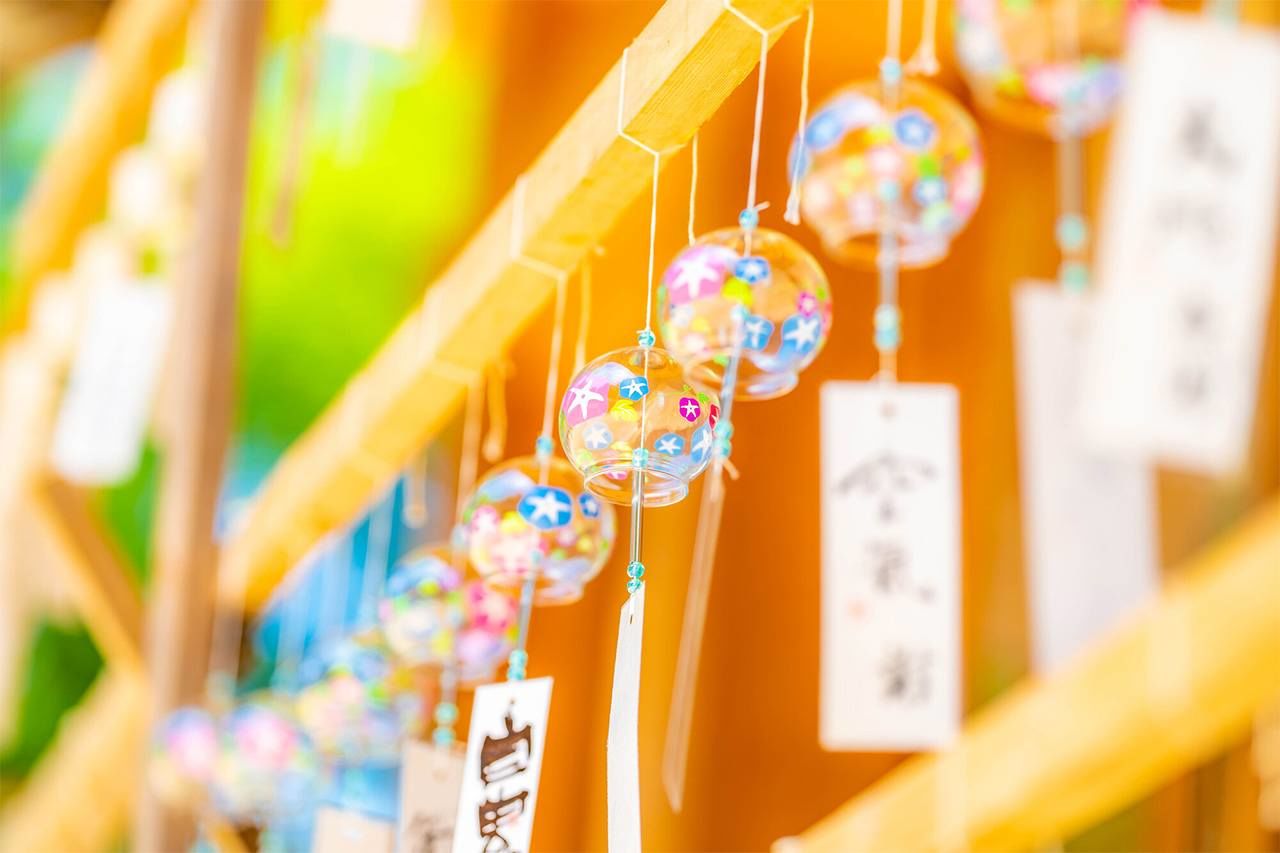
Wind Chime Festival at Hotaka Shrine in Nagano Prefecture. (© Pixta)
New Ginger
Sliced ginger pickled in vinegar and served with sushi is known as gari. The name is said to derive from the crunchy garigari sound it makes when eaten. Ginger is in season from June to August. Refreshing yet spicy, it can be eaten raw with miso or used as a condiment.
Kakigōri
Kakigōri is a shaved ice dessert. In ancient times, ice chips were used, which is where the name, literally meaning “broken ice,” originates. Makura no sōshi (trans. as The Pillow Book by Meredith McKinney) by Heian period author Sei Shōnagon (c. 966–1025) describes an aristocratic delicacy of ice shaved with a blade, topped with sweet syrup, and served in a metal bowl. It was not until the Meiji era (1868–1912) that commoners were able to enjoy it. Later, in the twentieth century, ice shaving devices became common across Japan. In recent years, kakigōri shops have opened that serve the treat year-round. They are particular about their ice, with some using natural ice, frozen slowly and stored in icehouses. Others stand out from their competitors by adding colorful fruits.

Kakigōri made of delicately shaved natural ice. (© Pixta)
Watermelon
Many Japanese people have fond childhood memories of the game suikawari, where players try to split open a watermelon with a stick while blindfolded. In recent years, watermelons have been bred in different shapes and sizes, with smaller varieties becoming more popular due to their ease of handling. Chilled watermelon is the perfect way to rehydrate on hot days, but while most people consider it a summer treat, suika (watermelon) indicates autumn in haiku poetry.
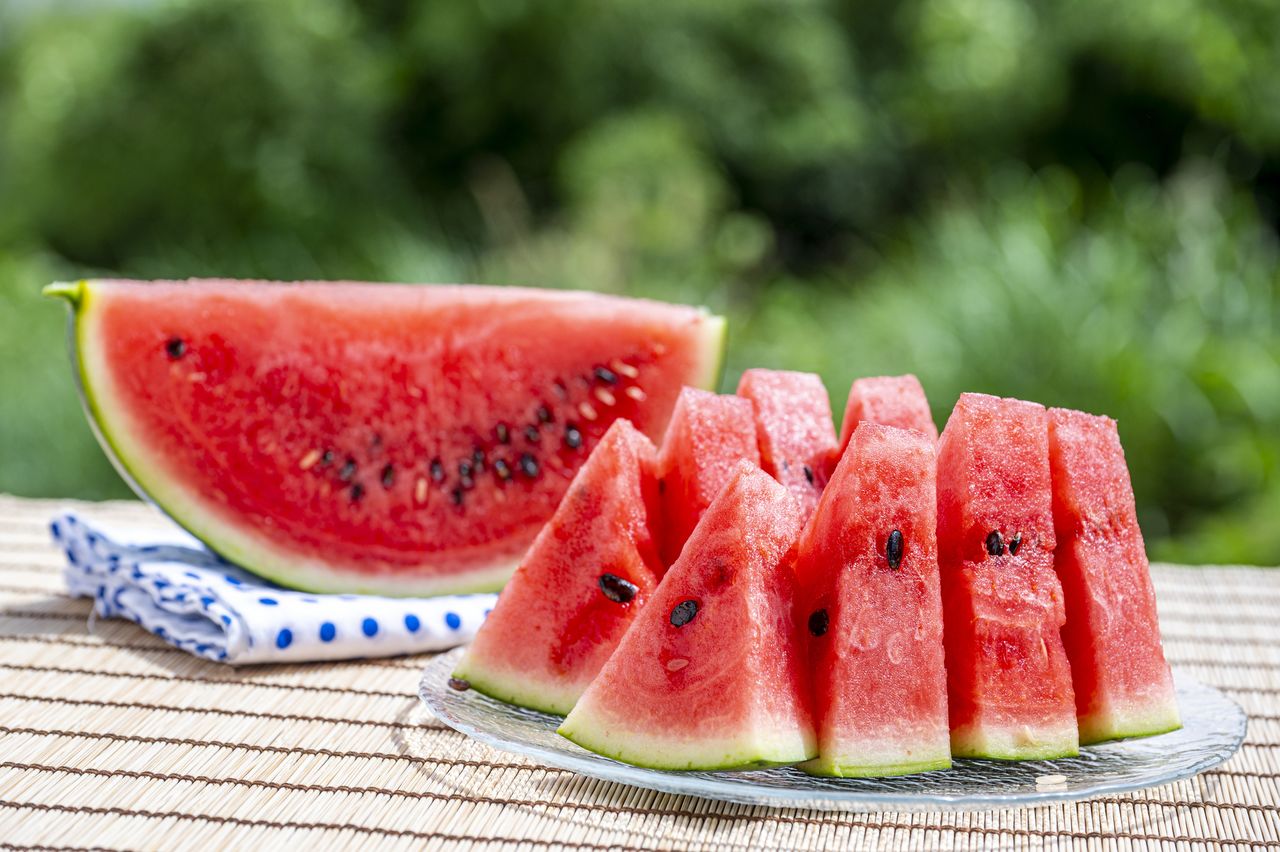
Watermelon, the taste of summer. (© Pixta)
(Supervised by Inoue Shōei, calendar researcher and author, Shintō minister, and guest lecturer at Tōhoku Fukushi University. Banner photo: Cirrocumulus clouds. © Nippon.com.)
